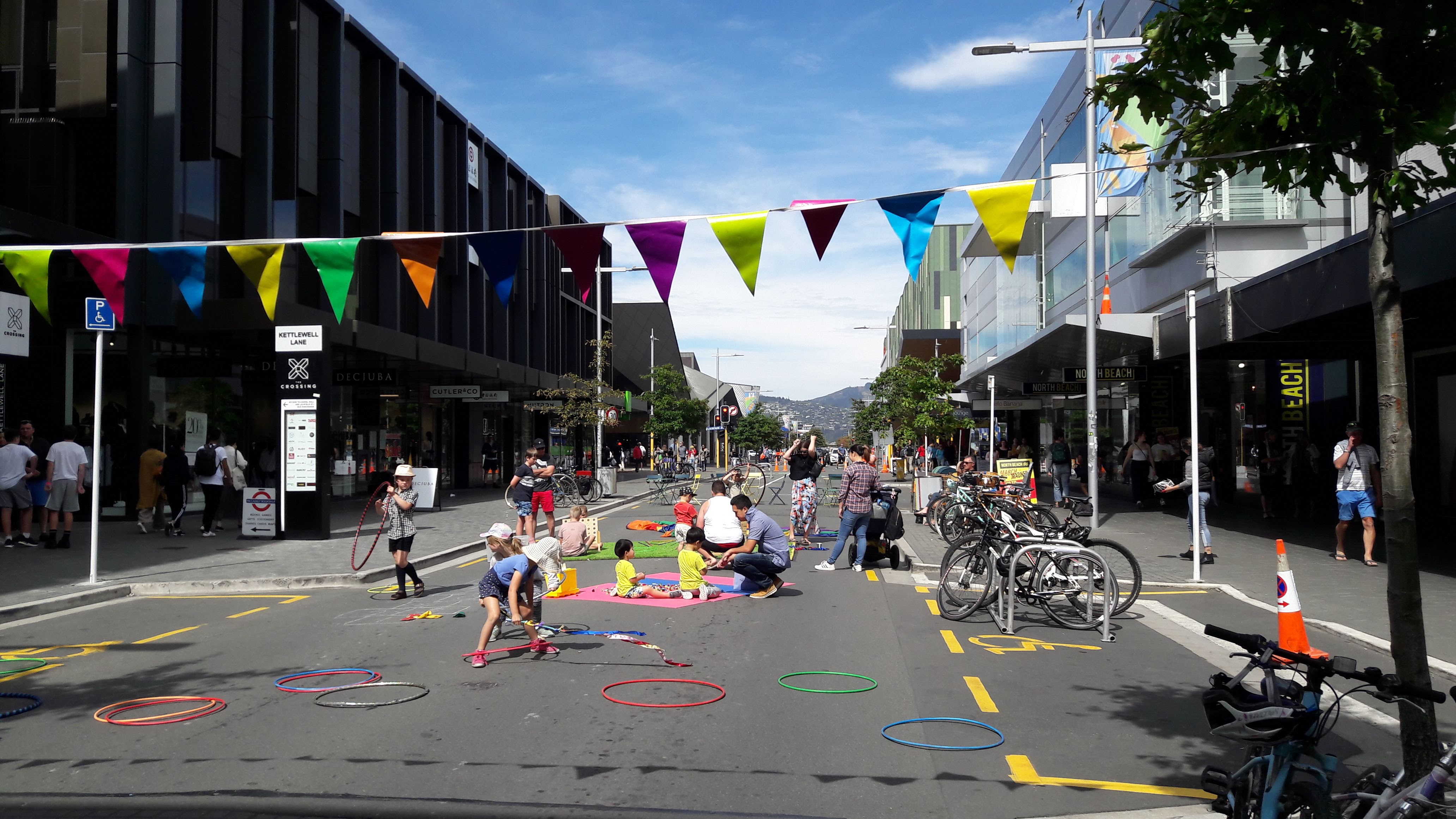By Tim Jones, Living Streets Aotearoa President
New Zealanders are choosing to walk more and drive less as a way to get around, according to recent research released by the New Zealand Transport Agency Waka Kotahi. In 2024, 82% of people walked for transport at least once a week, a significant increase from the 64% who did so in 2023.
This is fantastic news for our planet, for our health, and for our communities. Walking for transport offers us so much. It reduces congestion and is pollution and emissions free. In a world that is full of fitness memberships and miracle cures, walking offers a cheap, easy and accessible option for keeping ourselves physically and mentally healthy. Walking also connects us to our communities, allowing us to pay more attention to our surroundings and people we pass by.
Alongside the economic benefits from reducing congestion and increasing retail footfall, there are also economic gains from the significant health benefits associated with this active form of transport. Everyone benefits from communities and spaces that encourage walking.
However, while walking can give us so much, we are giving it very little back. The newest government proposal for the Roads of National Significance shows the project may cost $40-50 billion dollars. In comparison to private vehicle travel, walking is severely underfunded. This has been true for decades, but the 2024 Government Policy Statement on land transport restricted funding even more and made it much more difficult for walking improvements to be included as part of wider transport projects.
The lack of funding has worsened the existing situation that streets, public places, and transport policies are designed with cars in mind first, making it faster and more convenient to hop in the car as a default. It’s difficult to make the choice to walk when there isn’t a footpath to walk on.
So while the recent increase in people walking is great news, the average number of barriers to waking that people face has been increasing as well. We need to be investing more in creating places where walking comes first. And results of the NZTA survey also show that there is very strong support for walking, with 90% of urban New Zealanders supporting walking in their communities.
With more people walking and the widespread support for walking in New Zealand, we are ready for change that can make our communities more walkable. The good news is this positive change is already happening in New Zealand. Councils are trialling no-car streets near schools, communities are fighting for safer speed limits, and there is huge public support for walking.
The 2025 Living Streets Aotearoa Walking Summit is a one-day online conference that will showcase speakers who are working to understand and change car dependence, creating guidance and policy that make our streets safer for walking, and planning and designing innovations for walkability.
 For example, keynote speaker Dr Alice Miller will be talking about the “road lobby” and why their political efforts keep transport funding focused on private vehicles traffic. Dr Catherine Knight, Author and principal strategic advisor in transport and urban design policy, will present about creating walkable neighbourhoods as a way to address the climate crisis.
For example, keynote speaker Dr Alice Miller will be talking about the “road lobby” and why their political efforts keep transport funding focused on private vehicles traffic. Dr Catherine Knight, Author and principal strategic advisor in transport and urban design policy, will present about creating walkable neighbourhoods as a way to address the climate crisis.
If you’d like to hear more from people who are working to reduce car dependence, make guidance and policy for safer streets, and develop innovations for walkability, register for the Living Streets Aotearoa Walking Summit. Join the conversation about how we can make a more walkable, safer, and healthier future.
Colombo Street Open Play Street, Photo Credit: Transportation Group New Zealand
